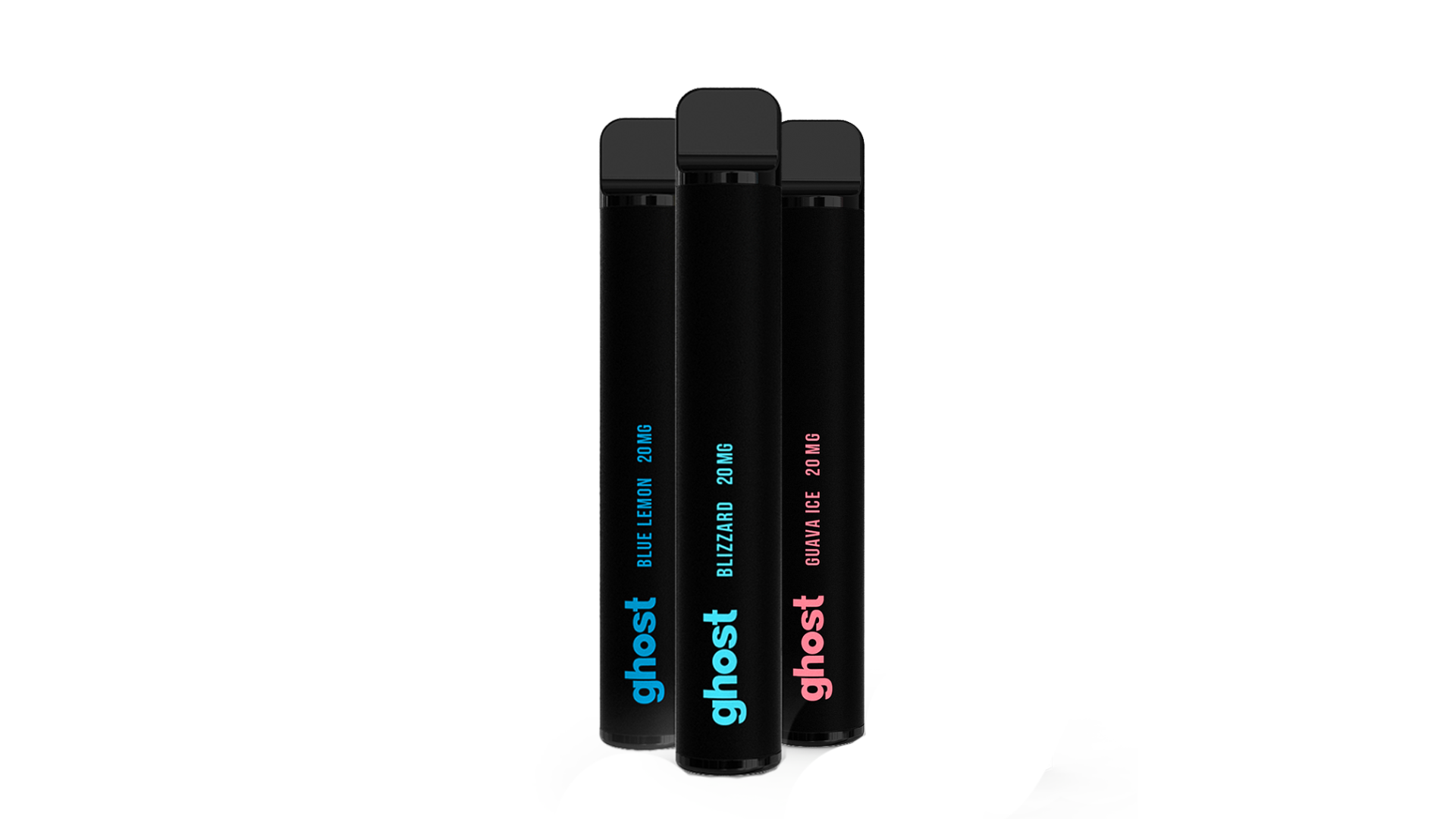E-cigarettes appear much less risky than smoking.

Jack “Papa Jack” Fontes just couldn’t kick the habit. He began smoking at age 10 and stuck with it, although he knew of the health dangers.
Today, the 51-year-old said he’s off cigarettes and credits electronic cigarettes for making it possible.
Instead of inhaling cigarette smoke, he inhales — or “vapes” — flavored vapor produced from e-cigarettes. The cloudy vapor looks like smoke, but it’s evaporated at a high temperature, not burned. And it doesn’t stink.
“It’s actually saved my life,” Fontes said. “I’m not getting the 8,000 carcinogens found in a cigarette.”
The El Cajon resident said he suffered a heart attack in 2012 and continued e-cigarette “vaping” with approval from his cardiologist. Fontes still takes nicotine, in the form of vaporized e-cigarette juices that contain varying amounts of the substance.
“My cardiologist said he wants me off nicotine in four years, which is doable,” Fontes said. That means stopping vaping or switching to juices with no nicotine.
For people like Fontes, e-cigarettes provide an option that might help them quit smoking — after nicotine gum, patches and lozenges have failed.
However, that raises a question now being fiercely debated: Have vapers really improved their health or have they exchanged one bad habit for another?
Smoking and e-cigarettes
In 2014, about 3.7 percent of American adults used an e-cigarette every day or occasionally.
--Of current smokers, 47.6 percent said they have tried e-cigarettes.
--Among people who quit smoking within the past year, 55.4 percent said they had tried e-cigarettes.
--Of those who quit smoking more than a year ago, 8.9 percent said they had tried e-cigarettes.
--Among adults who have never smoked cigarettes, 3.2 percent said they have tried e-cigarettes.
--Among people 18-24 who have never smoked, 9.7 percent said they have tried an e-cigarette.
--For those 45 or older who have never smoked, up to 1 percent said they have tried an e-cigarette.
Sources: U.S. Centers for Disease Control and Prevention
Smoking cessation brings undisputed health benefits. In contrast, scientists can only make an educated guess about the effects of switching to e-cigarettes. Researchers said it’s their impression that vaping is much safer than smoking, which is backed by a few studies. But many more years will be needed to draw firm conclusions.
Those nuances are often lost in public health campaigns against vaping, which depict it as a “Big Tobacco” conspiracy to ensure another generation of nicotine addicts.
E-cigarette supporters said theirs is a grassroots movement, representing a practical way out from the dangers of smoking when other methods have failed. And, they’ll add, it’s a pleasure in its own right.
Risk assessment
Nicotine itself brings health hazards. It constricts blood vessels and may interfere with fetal brain development. There’s no clear evidence whether it increases the risk of cancer or heart disease.
On the positive side, some studies hint that nicotine may play a neuroprotective role, reducing the risk of Parkinson’s disease, improving cognitive function and even protecting against Alzheimer’s disease.
But the main concern with cigarette smoking is not nicotine. It’s the thousands of toxic chemicals carried in smoke from burning tobacco. These include lung-fouling tar and the carcinogens benzene, cadmium and nicotine-derived nitrosamine ketone.

At least 85 percent of lung cancer deaths occur in smokers. An estimated 158,040 Americans are estimated to have died from lung cancer in 2015, according to the American Lung Association.
Compared with those who have never smoked, male smokers are 23 times more likely to develop lung cancer, and women 13 times more likely, the association said.
Scientists have a century of studies on cigarettes to back up such conclusions.















